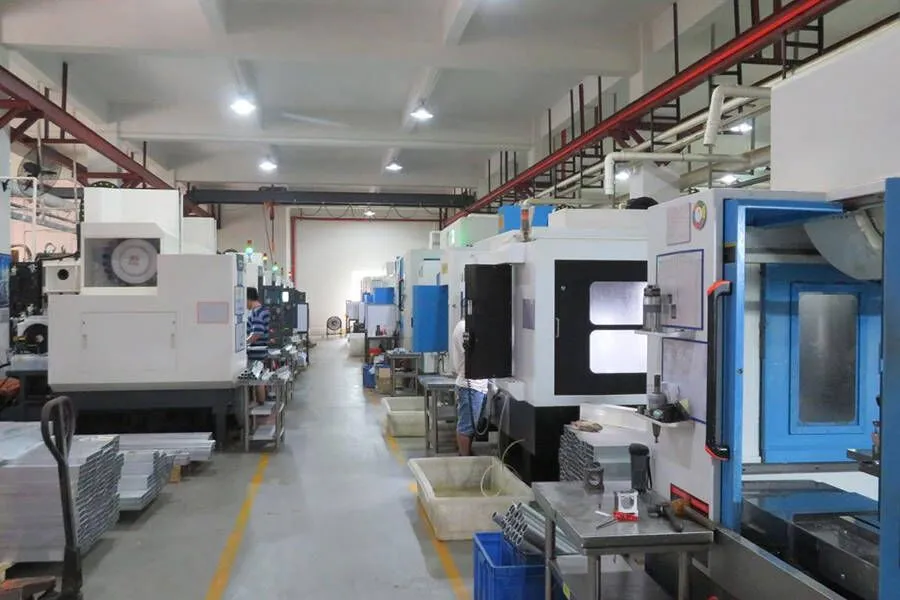What is On-machine Inspection
On-machine inspection refers to the process of inspecting and evaluating products or components directly on the manufacturing machine itself. Instead of taking the items off the production line and moving them to a separate inspection area, inspections are conducted using sensors, cameras, and other technologies integrated into the machine.
This inspection method offers several advantages. It eliminates the need for extra handling or transportation of products, reducing the risk of damage or contamination. It also allows for real-time inspection and immediate feedback, enabling quicker detection and correction of defects or quality issues. On-machine inspection can be automated, improving efficiency and consistency while reducing labor costs.
Common applications of on-machine inspection include checking for dimensional accuracy, surface quality, presence of defects, completeness, and proper assembly. Machine vision systems, sensors, and algorithms are used to capture images, measure physical attributes, and analyze data to determine if the products meet the specified standards or requirements.
Overall, on-machine inspection improves quality control, reduces production time, and enhances overall production efficiency by minimizing post-production inspections and intervention.
Why On-machine Inspection is Important for CNC Machining
On-machine inspection is important for several reasons:
Quality assurance: On-machine inspection helps ensure that manufactured parts meet the required quality standards. It allows for real-time monitoring of the production process, identifying any deviations or defects immediately. This helps in maintaining high-quality products and reducing the risk of faulty or non-compliant parts reaching the market.
- Cost savings: Early detection of defects or variations in the manufacturing process can help prevent scrap, rework, or product recalls. On-machine inspection enables quick adjustments and corrective actions to be taken, minimizing waste and reducing production costs.
- Time efficiency: On-machine inspection provides immediate feedback on the quality of parts being produced, eliminating the need for post-production inspections and reducing overall production time. This real-time monitoring improves efficiency and enables faster response to any issues, ensuring timely delivery of goods to customers.
- Process optimization: By continuously monitoring production parameters, on-machine inspection helps identify opportunities for process improvements. It allows for data-driven analysis and optimization of the manufacturing process, leading to increased productivity, better accuracy, and reduced variability.
- Regulatory compliance: In industries where strict regulations and standards need to be followed, on-machine inspection ensures compliance with these requirements. By continuously monitoring and collecting data, manufacturers can demonstrate adherence to relevant regulations, certifications, and quality controls.
- Preventive maintenance: On-machine inspection helps in identifying potential machine failures or anomalies in real-time. This enables proactive maintenance, reducing unplanned downtime and ensuring continuous production.
Overall, on-machine inspection plays a crucial role in maintaining product quality, reducing costs, optimizing processes, meeting regulatory standards, and improving overall manufacturing efficiency.

